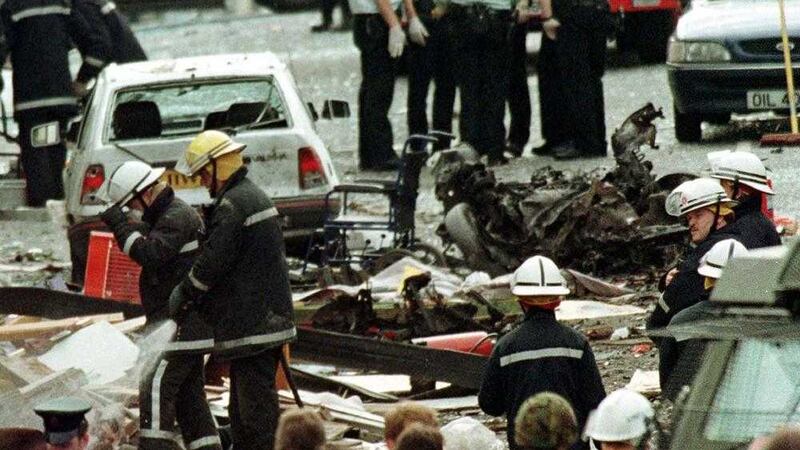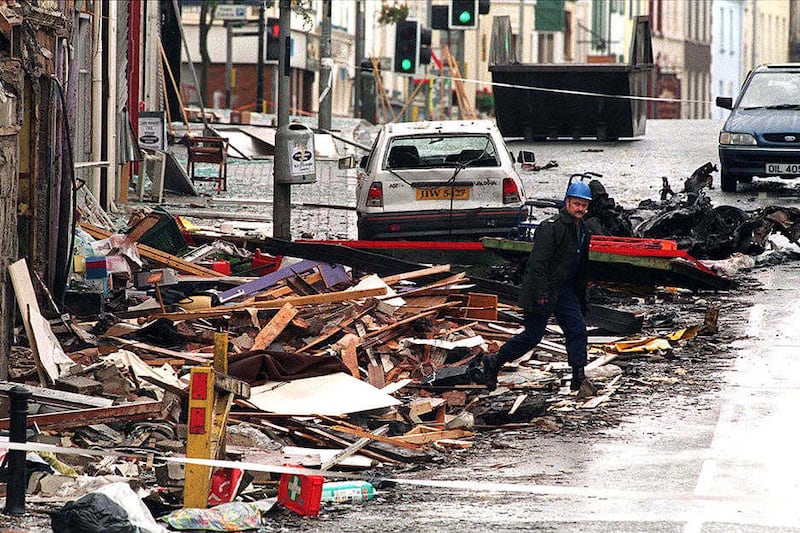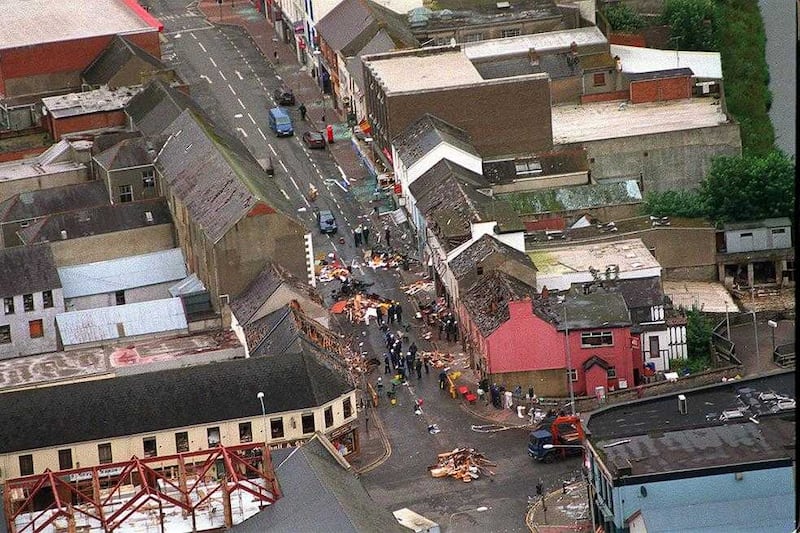SEAMUS Daly was once described by a high court judge as a Real IRA foot soldier.
The evidence linking him to the dissidents' Omagh bombing was described as overwhelming by one of Northern Ireland's most senior judicial figures during a claim for damages by grieving relatives.
The bricklayer was connected by Belfast's High Court to mobile phones used during the bombing.
In 2013, a judge ordered Daly and three others to pay the bereaved families civil damages worth £1.6 million after they were found liable for one of the worst atrocities of the Troubles.
Today, a criminal court cleared Daly, originally from Cullaville, of 29 murder charges at Omagh.
He had been held in prison awaiting trial for nearly two years.
His defence had protested throughout lengthy legal proceedings that he had no case to answer.
And when the evidence against him was tested last month and prosecution star witness Denis O'Connor contradicted himself under cross-examination, it became clear the accusations were crumbling.
Daly's lawyer, Peter Corrigan, said the case against his client was paper-thin and based upon a witness who was himself arrested as part of the bombing probe.
He claimed Mr O'Connor gave an account to gardai in 1999 and had given three or four other versions.
The implication was clear - his words could not be relied upon.
Mr Corrigan also said his client had an alibi for the time when he was supposed to be involved in murder.
He insisted the evidence was stale and could have been presented to his client at any time in recent years.
The bricklayer's militant republicanism stretches back to at least 2004 when he was sentenced to three and a half years in prison in the Republic after admitting membership of the outlawed Real IRA which carried out the Omagh attack.
But convicting him of a string of murders in a Co Tyrone market town which shocked the world just months after the landmark Good Friday Agreement was to prove a hurdle too high.
Two Belfast civil cases, one in 2009 and a retrial in 2013, only had to prove on the balance of probabilities that the respondents were behind the bombing.
In 2013, Justice Gillen concluded that the evidence against Daly and three others was overwhelming.
The judge in the original civil case said he was satisfied that Daly was in possession of one of the two phones which, trace records indicate, were used by the occupants of the bomb car and the getaway car on the day of the attack.
He said the fact that Daly had provided no answer to the evidence presented before the court further supported suspicions.
A one-month retrial of the civil case was shown data from mobile phone masts that tracked calls made from two phones as they moved from the Republic to Omagh and back across the border ahead of the bomb attack on August 15 1998.
But criminal prosecutors had to establish Daly's guilt beyond all reasonable doubt and today that barrier was judged too high.
Lawyers for Daly said he had been living openly in Jonesborough, Co Armagh before his arrest but was detained by officers from the PSNI's Serious Crime Branch in Newry, as he accompanied his wife to the town hospital's maternity unit.
One of the victims of the Omagh bombing was a woman pregnant with twins.
Daly's second child's due day coincided with the date he was charged with 29 murders and put behind bars.








